Modern Technology and Clinical Value of Arch Function Assessment
I. Clinical Significance of Arch Detection
The arch, as the only complete arch-shaped load-bearing structure of the human body, is composed of 26 bones, 33 joints, and more than one hundred ligaments working in coordination.
This exquisite biomechanical structure has three core functions: shock absorption (can absorb impact forces up to three times body weight during walking), load balancing (distributing pressure to the forefoot, midfoot, and hindfoot as three support points), and maintenance of dynamic balance (adjusting posture through proprioceptive feedback).
When the arch collapses (flatfoot) or is excessively elevated (high arch), it can trigger a chain of pathological reactions—studies have shown that the risk of knee osteoarthritis in flatfoot patients increases 2.3 times compared with normal individuals, while the ankle sprain rate in high-arched populations rises by 47%.
During childhood development (ages 3–12), dynamic arch detection can identify 62% of reversible flexible flatfoot cases, and through corrective insoles combined with toe towel-grasping exercises, the correction success rate can reach 89%.
For athletes, research from the German Sport University Cologne confirmed that sports insoles customized based on arch detection can improve running economy by 5.7% and simultaneously reduce the risk of stress fractures by 31%. In diabetic foot management, three-dimensional plantar pressure scanning can provide early warning of high-risk ulcer areas 6–8 months in advance, reducing amputation rates by 40%.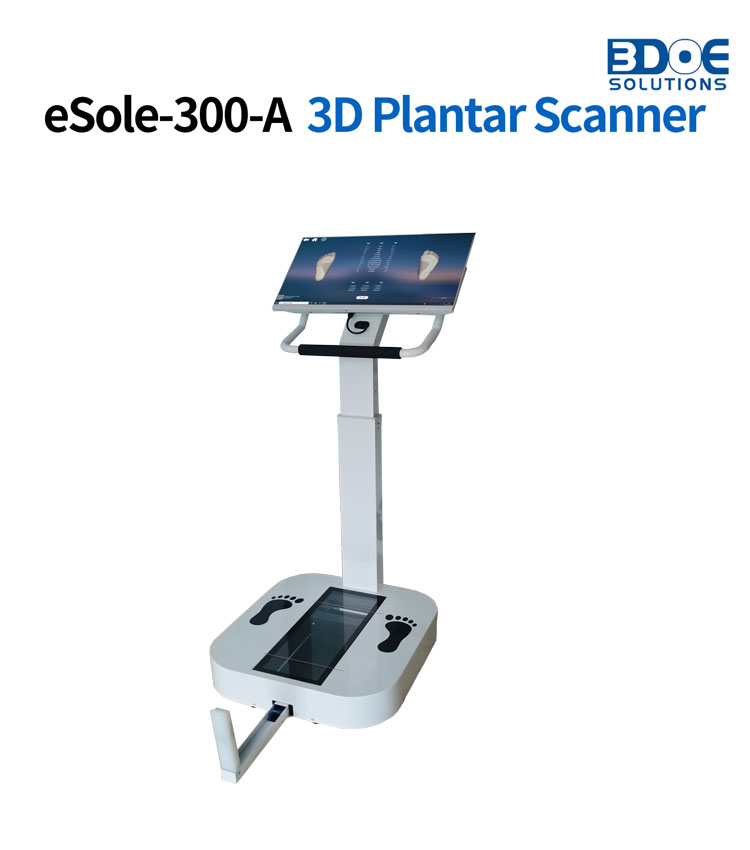
II. Measurement Mechanism of Three-Dimensional Scanning Technology
The plantar scanning system adopts the 780 nm wavelength laser triangulation method, capable of collecting more than 1.5 million data points within 0.8 seconds to construct a digital foot model with an error of less than 0.5 mm. Its core technological breakthroughs are reflected in:
Multimodal Data Fusion
Simultaneously acquiring morphological parameters (arch angle, navicular drop) and functional parameters (elastic modulus, damping ratio), and simulating stress distribution under different gait phases through finite element analysis. For example, the Boston DynaScan system can detect an instantaneous arch collapse angle of 2.3° during the mid-stance phase.
Intelligent Diagnostic Algorithm
Using an improved ResNet-34 deep learning architecture, with a training dataset containing 170,000 Asian foot shape features. The system can automatically calculate six diagnostic indicators, such as the Chippaux-Smirak index (critical value 0.72) and the Staheli index (normal range 0.21–0.28), achieving an accuracy that meets FDA Class II medical device standards (sensitivity 93.2%, specificity 88.7%).
Dynamic Evaluation Module
Equipped with a piezoresistive sensor array with a sampling rate of 1000 Hz, it can capture the arch deformation rate during 15%–25% of the stance phase. Clinical studies have shown that this parameter predicts plantar fasciitis with an ROC curve area under the curve (AUC) of 0.81 (95% CI 0.76–0.86).

 +86-0755-86131192
+86-0755-86131192 2025-08-18
2025-08-18 Back to list
Back to list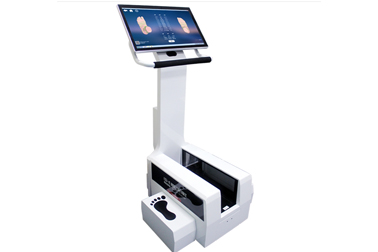
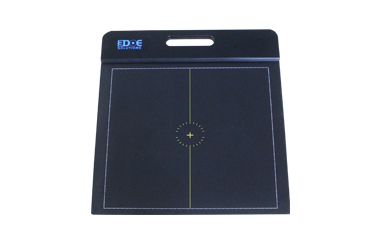
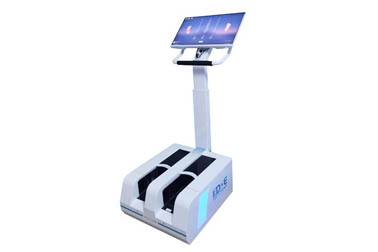
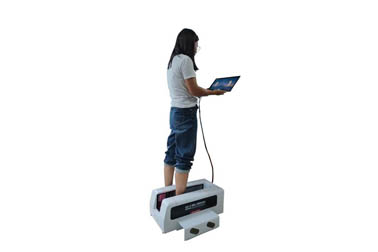
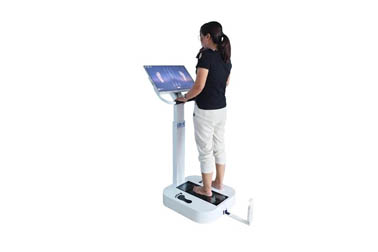
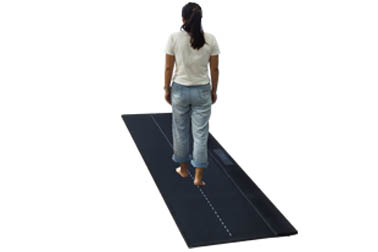



 +86-0755-86131192
+86-0755-86131192